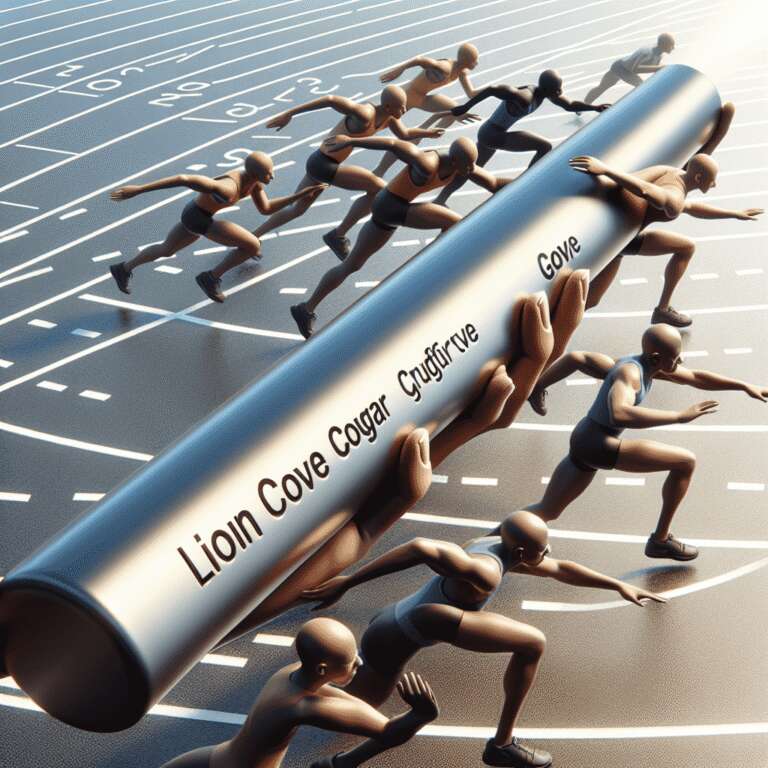In a recent interview with KitGuru, Intel´s Senior Principal Engineer in Core Design, Ori Lempel, shared insights about the team´s progress on successive CPU core architectures. Lempel confirmed that his division has moved beyond its current ´Lion Cove´ core, with work completed on the upcoming ´Cougar Cove´ intellectual property, which is set to appear in Panther Lake mobile processors in the second half of 2025. While Lempel did not specify names for future designs, industry insiders suggest ´Griffin Cove´ is being used as the internal codename for a distant, next-generation core architecture positioned as the ´great-grandchild´ of ´Lion Cove.´
Intel´s push into ´Griffin Cove´ and other advanced technologies underscores a strategic effort to regain momentum against rival AMD, particularly in mainstream desktop CPU markets where Intel has faced increasing competition and shifting leadership. Lempel emphasized that his team´s strategy now embraces process node agnosticism, an ambitious approach allowing core designs to be ported across different manufacturing processes. This flexibility is a marked departure from traditional, node-specific optimization and reflects broader organizational changes initiated during former CEO Pat Gelsinger´s tenure under the IDM 2.0 transformation plan.
The evolution to a ´99% process node agnostic´ design model means Intel´s Core Design group can develop processor intellectual property that functions efficiently on either Intel’s own or partner foundry technologies, such as those from TSMC. This capability is expected to streamline development cycles, enhance product adaptability, and position Intel to better navigate the rapidly evolving semiconductor landscape. With ´Griffin Cove´ still years away, Intel’s forward-looking architecture roadmap signals confidence in its technical prowess and a renewed commitment to innovation in the fierce competition with AMD and other industry players.

